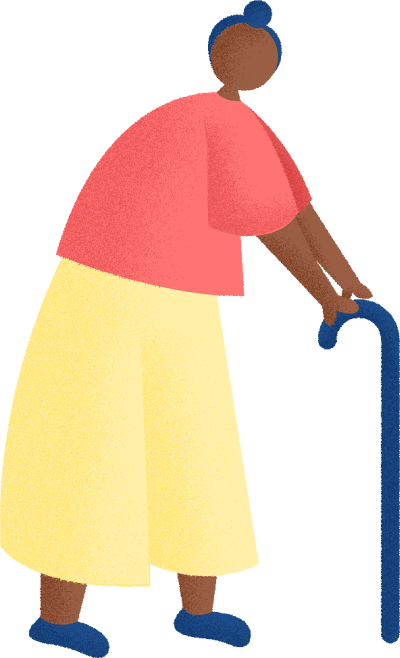Back to School: Actions to Save Lives from the Hidden Dangers of Fentanyl on Campus
As students across the country return to classrooms and campuses, there is a critical issue that demands their attention: the rise of fentanyl and the dangers of synthetic opioids. While high school and college are often associated with new experiences and opportunities, it is also a time when young adults can be exposed to various risks, including substance abuse and deadly poisonings. In recent years, the emergence of synthetic opioids – particularly fentanyl – has added a new and deadly dimension to the already complex landscape of drug use among students.
Ken Trogdon —

According to CDC data, drug overdose and poisoning is the leading cause of death among 18- to 45-year-olds in the United States. It’s becoming an emerging concern for our teenagers and young adults as counterfeit drugs become easier to acquire. These tragic stories of loss include Sammy Chapman, a 16-year old who bought what he thought was a Xanax from a predatory dealer on Snapchat.
There are also students like William Magee, a track athlete and gifted student at the University of Mississippi. William was burdened by a drug and alcohol addiction that ultimately took his life. His parents have since founded the William Magee Center for AOD and Wellness Education at Ole Miss to share William's story and provide critical services to college students in Mississippi.
Fentanyl is a synthetic opioid that the CDC describes as 50 to 100 times more potent than morphine. The drug is often mixed with heroin or cocaine (whether the user is aware or not) and has created a drastic uptick in overdose deaths in our country over the past several years. The consequences of using fentanyl, even unknowingly, can be catastrophic, with a high risk of overdose and death.
Many students may not be fully aware of the dangers associated with fentanyl. They might not recognize the signs of fentanyl-laced drugs or understand the risks they face when experimenting with substances. The college and high school environments can be conducive to peer pressure, including experimenting with drugs. Being informed about fentanyl can empower students to make safer choices and resist peer pressure.
This crisis is especially concerning for our younger generations when we consider the state of teenage and college student mental health in our nation. A 2021 report from the Office of the U.S. Surgeon General found that one in three high school students reported persistent feelings of sadness or hopelessness - an increase of 40% from 2009.
William Magee’s father David highlights these alarming statistics and action steps for parents and educators in his new book, Things Have Changed: What Every Parent (and Educator) Should Know About the Student Mental Health and Substance Misuse Crisis.
College campuses and high school hallways are communities where individuals look out for each other. Encouraging awareness about fentanyl and synthetic opioids can contribute to a safer environment for everyone. But conversations and awareness may not be enough.
This is why HarborPath is working to provide schools, colleges, students and parents across the country with Naloxone.
Naloxone is a medication that quickly reverses overdoses by blocking the opioid effects from the brain. It commonly comes in the form of a nasal spray that a layperson can administer to a loved one who has been poisoned by fentanyl – and save their life.
Naloxone is now officially available over the counter at major pharmacies such as Walgreens and CVS for roughly $41 per kit. While this is a major step forward, several obstacles still exist in making Naloxone easily accessible to those who need it most. The primary barriers include the cost for a consumer to purchase over-the-counter medication, the stigma surrounding addiction and drug use, availability in vulnerable communities and lack of awareness.
This is why we are working with states and communities in all regions of the country to find creative solutions that make Naloxone available and free to places and people who need it most. We dream of having Naloxone on hand in every college dorm, high school building and within arm’s length of those most vulnerable to experiencing an overdose.
By raising awareness and taking proactive steps to protect our high school and college students, we can help prevent tragedies and save lives.



